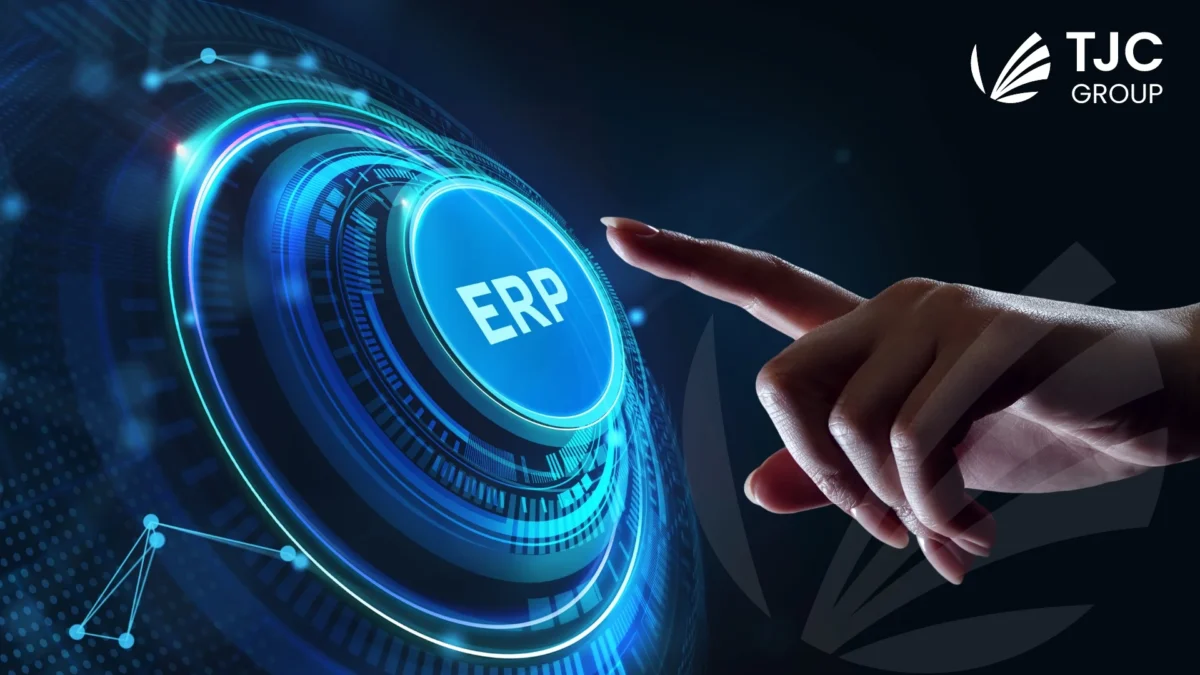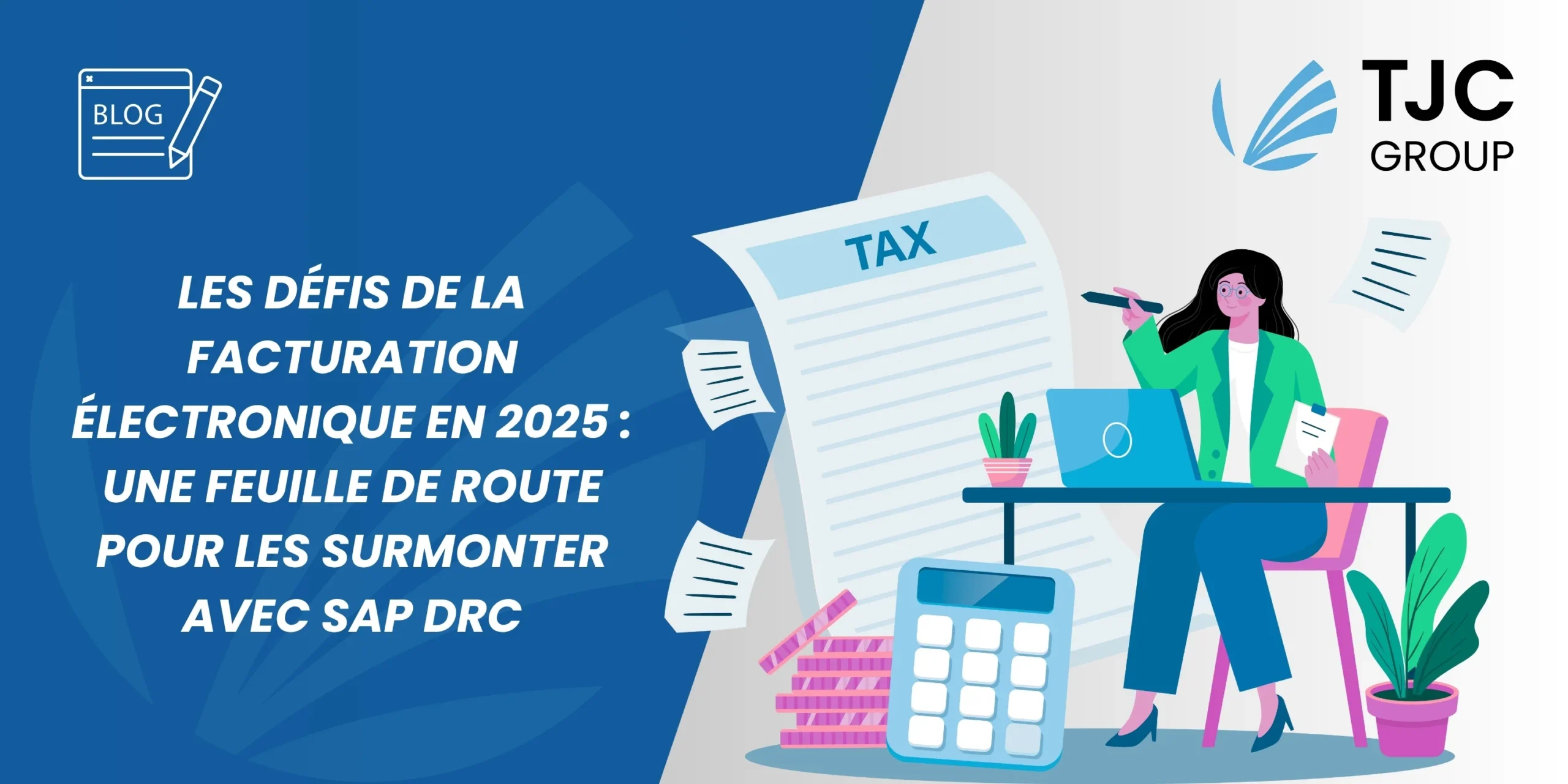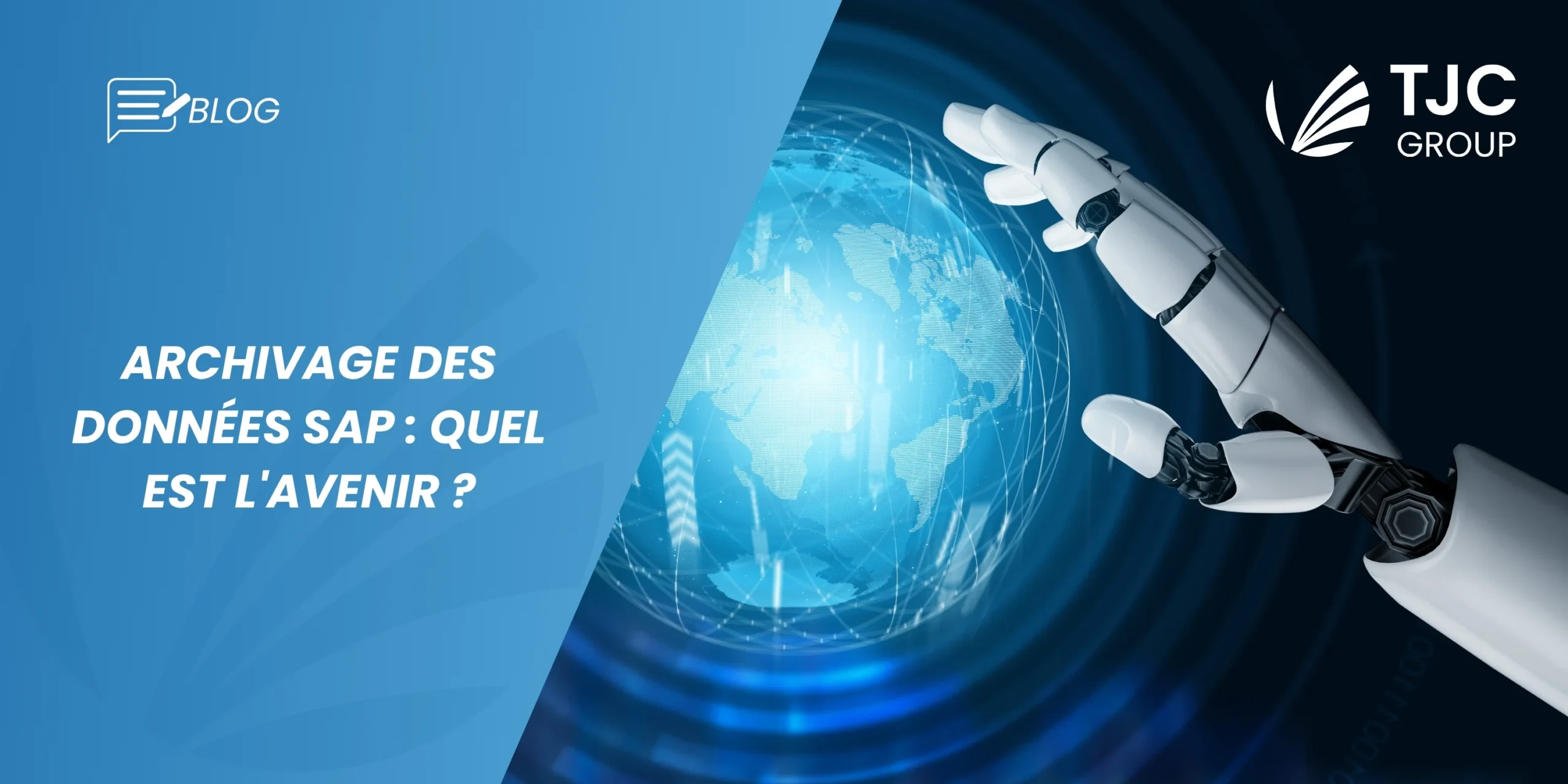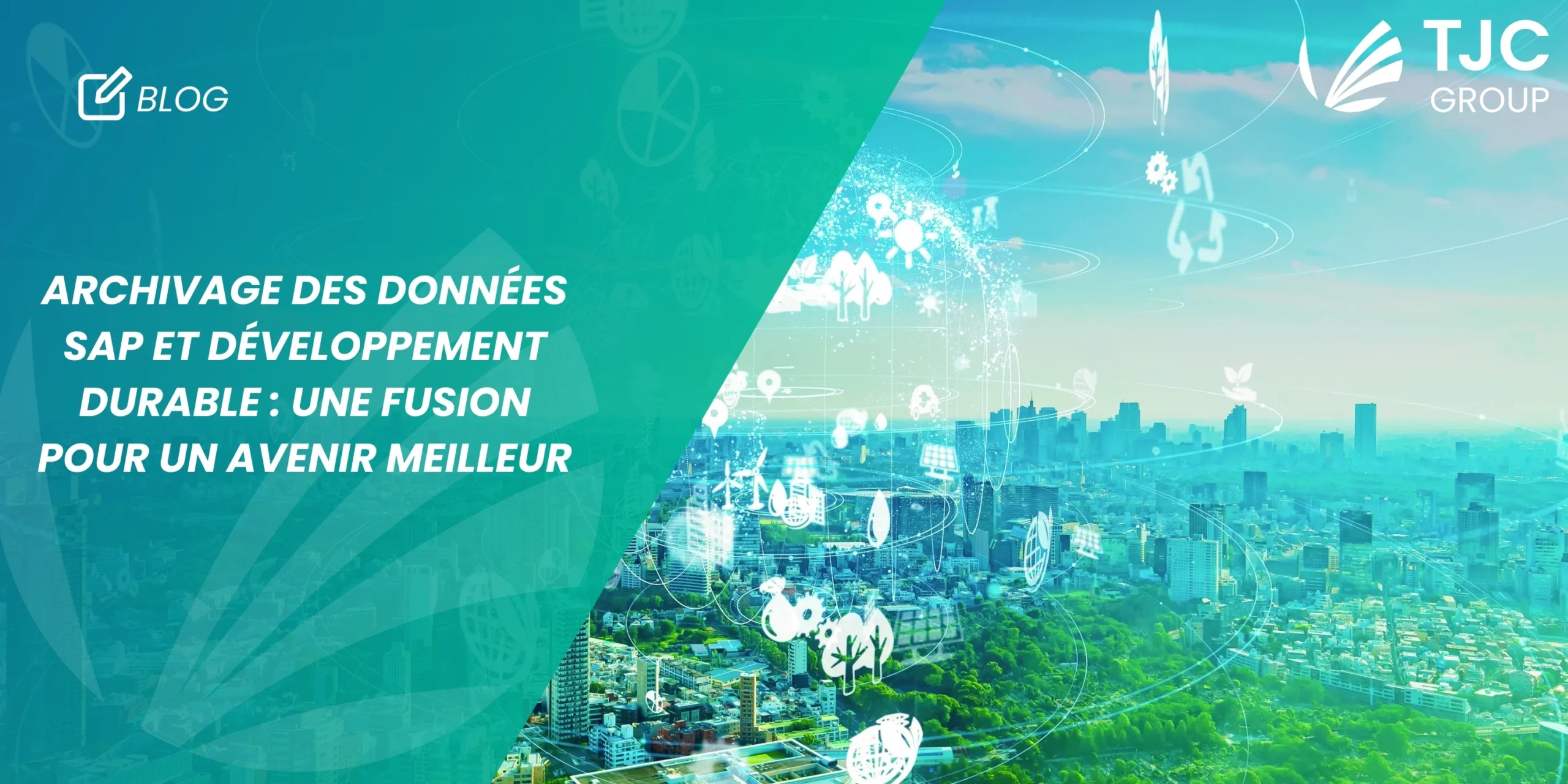SAP a connu des transitions radicales ces dernières années. Du logiciel ERP traditionnel au développement de solutions cloud innovantes, l’entreprise a évolué de manière impressionnante ! Aujourd’hui, nous entendons parler du système SAP S/4HANA, alors que, il y a quelques années, il s’agissait de SAP ECC. Mais avez-vous déjà réfléchi à la façon dont les systèmes de planification des ressources de l’entreprise (ERP) ont évolué au fil des ans ?
Notre curiosité et notre volonté de la partager avec nos lecteurs nous ont poussés à créer un aperçu approfondi de l’évolution des systèmes SAP ERP : des systèmes sur site aux systèmes de nouvelle génération. Faites défiler pour en savoir plus !
Table des matières
- Le début d’une ère révolutionnaire
- Les étapes de l’évolution des ERP : Des solutions sur site aux solutions hybrides
- La chronologie des systèmes ERP de SAP
- SAP ERP vs SAP ECC : Quelle est la différence ?
- Le système ERP de nouvelle génération – S/4HANA
- Pourquoi la préparation des données est-elle importante pour la migration S/4HANA ?
- Principaux points à retenir
Le début d’une ère révolutionnaire
En 1972, lorsque cinq anciens employés d’IBM ont créé Systems, Applications, and Processing in Data Management (aujourd’hui connu sous le nom de SAP), leur intention était de développer des logiciels d’application pour des solutions commerciales intégrées. Quelques années plus tard, SAP est devenu l’un des plus grands fournisseurs indépendants de logiciels au monde. Fondée par Dietmar Hopp, Claus Wellenreuther, Hasso Plattner, Klaus Tschira et Claus E. Heinrich, SAP a marqué des étapes importantes tout au long de son histoire, notamment la création de modèles hybrides, l’intégration de l’intelligence artificielle (IA), l’apprentissage automatique, et bien plus encore.
Au fil des ans, l’entreprise est passée de la création de simples logiciels d’application à la conception de systèmes ERP, permettant aux entreprises d’automatiser et d’intégrer leurs processus de base. En 1979, SAP a lancé sa première solution ERP, SAP R/2, conçue pour les ordinateurs centraux. Après le succès de R/2, l’entreprise a lancé SAP R/3 en 1992, qui est rapidement devenu le produit phare de SAP et un acteur clé sur le marché des ERP.
Basée en Allemagne, SAP a étendu ses activités à l’international. En 1988, elle a ouvert son premier bureau international aux États-Unis, et en 1991, elle était présente dans une cinquantaine de pays. Aujourd’hui, SAP est actif dans plus de 180 pays et emploie plus de 100 000 personnes à travers le monde.
Les étapes de l’évolution des ERP : Des solutions sur site aux solutions hybrides
SAP a subi d’énormes transformations au fil des ans, passant des solutions traditionnelles sur site aux modèles hybrides tirant parti des capacités du cloud. Ces étapes reflètent les tendances changeantes du marché et soulignent l’importance pour les entreprises de rester agiles et compétitives.
Étape 1 : Solutions sur site
Pendant la première phase des systèmes ERP, SAP se concentrait sur les solutions sur site, principalement destinées aux grandes entreprises. Ces solutions, déployées en interne sur des serveurs physiques, permettaient aux entreprises de contrôler totalement leurs opérations et leurs données. Cependant, malgré leurs avantages, ces ERP sur site se sont avérés difficiles à gérer, car ils nécessitaient des investissements initiaux importants en termes d’infrastructure informatique et d’équipes de support spécialisées.
Étape 2 : L’avènement des solutions en nuage
Avec l’émergence de l’informatique en nuage, SAP a développé des ERP accessibles de n’importe où et à tout moment. Les solutions cloud offrent une flexibilité et une rentabilité accrues, permettant aux entreprises de s’adapter plus facilement aux exigences du marché. Parmi les solutions Cloud de SAP figurent SAP S/4HANA Cloud et SAP SuccessFactors pour les applications SaaS, ainsi que SAP Cloud Platform pour les services PaaS.
Étape 3 : Les modèles hybrides
Alors que SAP continue de repousser les limites de l’innovation, les modèles hybrides combinant les capacités de l’informatique sur site et de l’informatique en nuage ont permis aux entreprises de profiter des avantages des deux mondes. En fait, ils permettent aux entreprises de garder le contrôle sur les applications et les données critiques en tirant parti de la flexibilité et de l’évolutivité offertes par le cloud. Les modèles hybrides permettent de trouver un équilibre entre le contrôle et la flexibilité sur un marché en constante évolution. L’évolution de SAP vers ces solutions a permis aux entreprises de réduire leurs coûts, d’améliorer leur efficacité et de rester compétitives dans un paysage numérique en constante évolution. Deux des solutions ERP hybrides les plus demandées proposées par SAP sont SAP HANA Enterprise Cloud et SAP S/4HANA Embedded Analytics.
La chronologie des systèmes ERP de SAP
La chronologie des systèmes ERP de SAP, ou même de l’entreprise, a été incroyablement intéressante. Parlons-en :
1972 : L’année de sa création
Ce que tout le monde sait, c’est qu’en 1972, SAP a été créé et incorporé en tant qu’organisation. Ce que beaucoup ignorent, c’est que c’est aussi l’année du premier jalon de SAP, sous la forme de SAP R/1.
Le SAP R/1 a été lancé en tant que système de comptabilité financière, fonctionnant sur l’ordinateur central en tant qu’architecture à un seul niveau. Le R/1 a été conçu pour fournir aux entreprises un système centralisé.
Entre 1973 et 1975, SAP s’est internationalisé en installant pour la première fois des logiciels chez Coop et Georg Fischer, une société suisse.
Entre 1975 et 1978, SAP a acquis son tout premier ordinateur, un ordinateur central Siemens 7738, amorçant ainsi un changement de technologie vers le SAP R/2.
1979 : L’année du premier système ERP de SAP
En 1979, SAP a lancé son premier système ERP qui allait au-delà de la simple comptabilité financière : le SAP R/2. Le R/2 a encore élargi les capacités en incorporant la gestion des matériaux ainsi que les ventes. Bien qu’il ait continué à fonctionner sur des ordinateurs centraux, il s’agissait principalement d’une architecture à deux niveaux. (D’ailleurs, le “2” de R/2 correspond à son architecture à deux niveaux).
Entre 1980 et 1988, SAP R/2 a établi sa présence et son emprise sur le marché des systèmes ERP. En 1988, la société s’est introduite en bourse sous le nom de SAP AG, ce qui lui a permis d’être cotée en bourse en Allemagne et de se développer dans le monde entier.
1992 : Le prochain système ERP pour les entreprises
En 1992, SAP a lancé son prochain système ERP, le SAP R/3, marquant un changement important avec l’introduction d’une architecture client-serveur. En outre, le nouveau R/3 prenait également en charge plusieurs plateformes, ce qui le rendait encore plus pratique pour les entreprises. SAP R/3 a modernisé le logiciel ERP en permettant aux entreprises de sélectionner des modules spécifiques en fonction de leurs besoins, tels que les finances, les ressources humaines, la logistique, etc.
Entre 1998 et 1999, SAP a fait ses débuts à la Bourse de New York et a dévoilé mySAP.com, fusionnant encore davantage le commerce électronique et l’ERP.
2004 : Introduction à SAP ECC
Avec l’évolution de la technologie, en 2004, SAP s’est également orienté vers la création d’une version plus avancée des systèmes ERP : SAP ECC. Le SAP ERP Central Component (SAP ECC) a fourni aux entreprises des caractéristiques et des fonctionnalités améliorées à travers différents modules, soutenant l’ensemble des processus de gestion d’une manière beaucoup plus efficace. Entre 2007 et 2010, SAP a lancé Business ByDesign pour les petites et moyennes entreprises et a acquis Sybase, introduisant ainsi la technologie in-memory.
2011 à 2016 : Le lancement de SAP HANA
Alors que SAP a lancé SAP HANA en 2011, son système ERP de nouvelle génération, SAP S/4HANA, a été lancé en 2015. La suite S/4HANA est construite sur SAP HANA et offre un modèle de données beaucoup plus simple avec une expérience utilisateur meilleure et améliorée.
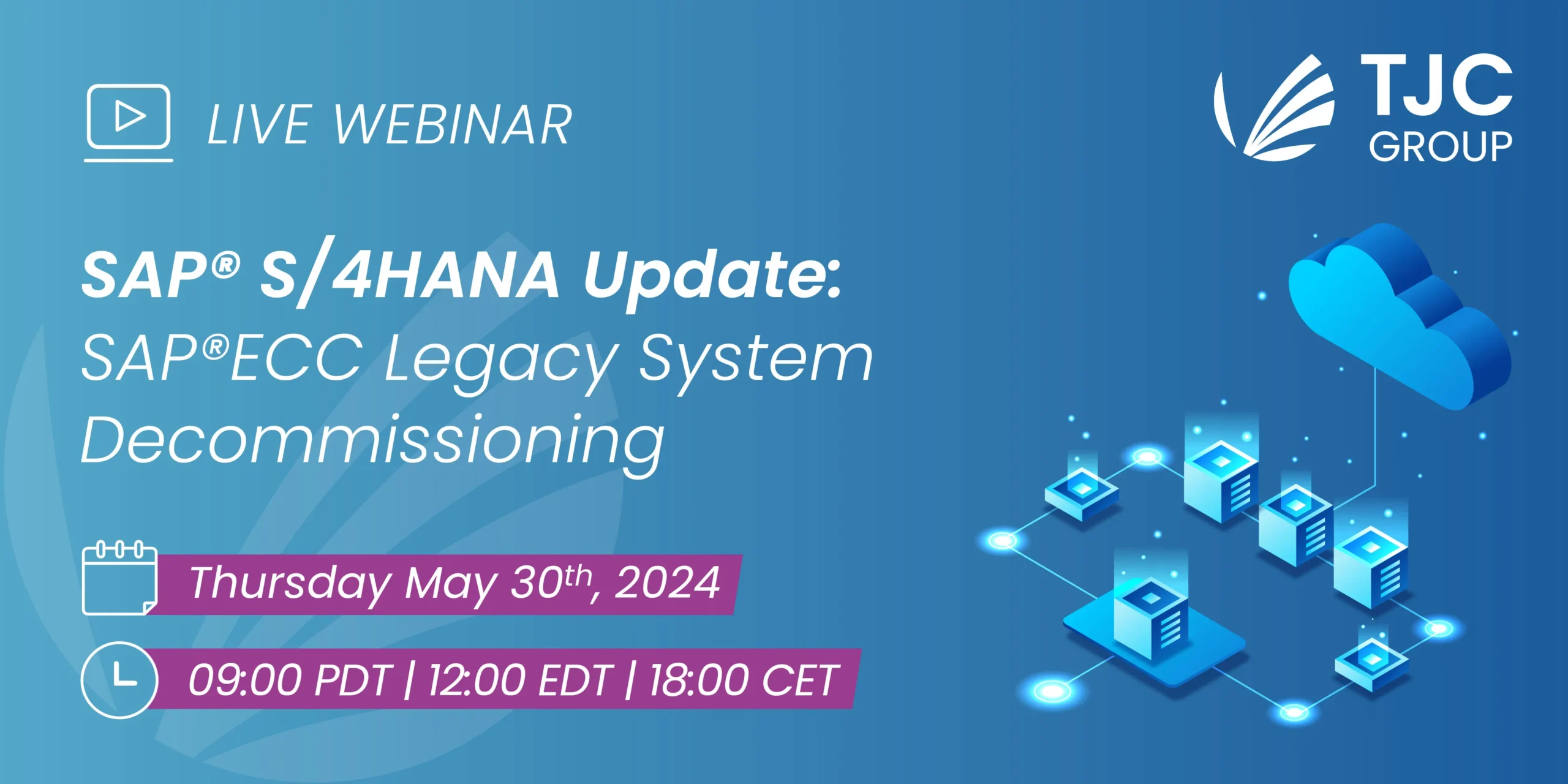
En 2016, l’entreprise est allée plus loin en lançant le SAP S/4HANA Cloud. Le S/4HANA Cloud est la version Software-as-a-Service (SaaS) de la suite ERP S/4HANA standard et fonctionne sur la base de données en mémoire SAP HANA.
SAP ERP vs SAP ECC : Quelle est la différence ?
Un point intéressant à mentionner ici est la différence entre SAP ERP et SAP ECC.
SAP ERP est une suite logicielle complète couvrant un large éventail de processus et de fonctions de gestion. Les ERP comprennent plusieurs modules, dont la finance, les ressources humaines, l’approvisionnement, les ventes, la gestion des stocks, la planification de la production, etc. Les systèmes SAP ERP rationalisent et intègrent les processus, offrant une vue unifiée du fonctionnement des organisations.
SAP ECC, quant à lui, est une version plus spécifique du système logiciel SAP ERP. ECC représente une itération de SAP ERP, avec un ensemble de fonctionnalités et de caractéristiques. Le fait est que SAP ECC est l’un des systèmes ERP les plus connus, largement utilisé par les organisations du monde entier.
Si nous devons résumer la différence entre SAP ERP et SAP ECC, nous pouvons dire que SAP ERP est un terme beaucoup plus large qui fait référence à une suite entière de logiciels, tandis que SAP ECC est une version spécifique du système ERP. En fait, ECC est un terme qui se limite à SAP.
Le système ERP de nouvelle génération – S/4HANA
SAP S/4HANA est considéré comme un changement important dans les offres de base de SAP depuis l’incorporation du système R/3 en 1992. Lancée en 2015, S/4HANA a d’abord été présentée comme une solution financière de nouvelle génération en 2014 sous le nom de SAP Simple Finance. Cependant, neuf mois plus tard, SAP a annoncé l’expansion de son noyau pour devenir un système ERP à part entière.
En 2016, lorsque SAP a lancé le SAP S/4HANA Cloud, il a également introduit la fonctionnalité logistique dans les domaines clés suivants :
- Gestion de la chaîne logistique
- Approvisionnement et achats
- Fabrication
- Gestion des actifs
Parallèlement, des améliorations telles que la gestion étendue des entrepôts (EWM) et la planification de la production/ordonnancement détaillé (PP-DS) ont été directement intégrées dans les systèmes SAP S/4HANA.
Pourquoi la préparation des données est-elle importante pour la migration S/4HANA ?
Le fait est qu’il est devenu obligatoire pour les organisations de migrer vers S/4HANA d’ici 2030. Et lors de cette migration, les données sont de la plus haute importance !
Selon une enquête menée par UKISUG en 2022, 61 % des organisations ont rencontré ou anticipé des défis en matière de gestion des données, ce qui pourrait entraver l’automatisation du processus de gestion lors de la migration de SAP ECC vers SAP S/4HANA. Les défis liés à la gestion des données entraînent non seulement des obstacles dans le processus de migration, mais ont également un impact direct sur les performances du système SAP. Cela entraîne à son tour une augmentation du coût total de possession (TCO).
Il est donc essentiel de préparer vos données à l’avance pour garantir une migration en douceur vers SAP S/4HANA. Les entreprises peuvent adopter plusieurs stratégies pour faire face à la croissance de leurs bases de données, mais l’archivage des données SAP s’est avéré être la plus efficace. L’archivage des données est une stratégie cruciale qui permet de gérer la croissance continue des données, de renforcer la sécurité, d’améliorer la conformité et de contrôler les coûts.
Principaux points à retenir
L’approche avant-gardiste et centrée sur le client de SAP a permis aux entreprises d’atteindre leurs objectifs et de développer leurs activités dans un marché en constante évolution. Nous pouvons clairement constater le passage d’une solution sur site (SAP R/1, R/2, etc.) à une solution plus récente et plus avancée, SAP ECC, et maintenant SAP S/4HANA, qui permet aux entreprises de récolter de plus grands bénéfices. L’accent mis sur l’informatique en nuage et les technologies intelligentes ouvre la voie à un avenir plus grand et plus rationalisé.
Dans les prochains blogs, nous aborderons les principales différences entre SAP ECC et SAP S/4HANA, ainsi que les raisons pour lesquelles la migration vers cette dernière est nécessaire. D’ici là, restez à l’écoute !
Pour en savoir plus sur nos services d’archivage de données, contactez-nous ici!



